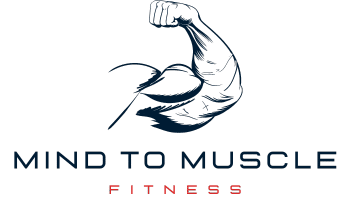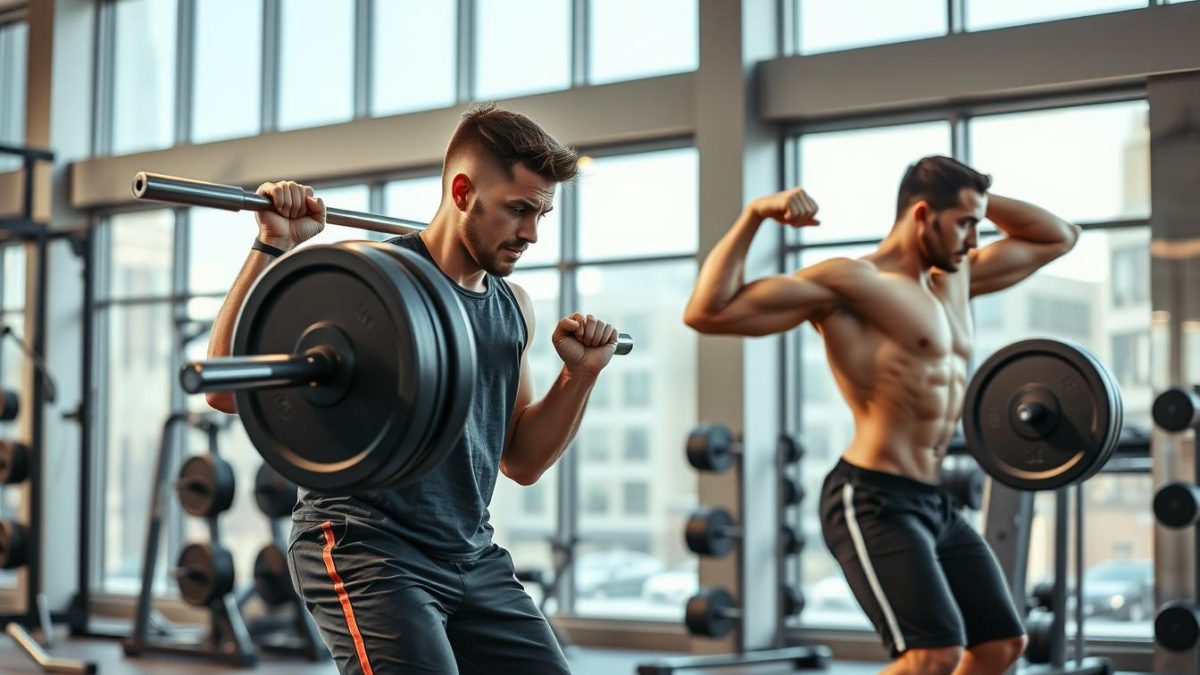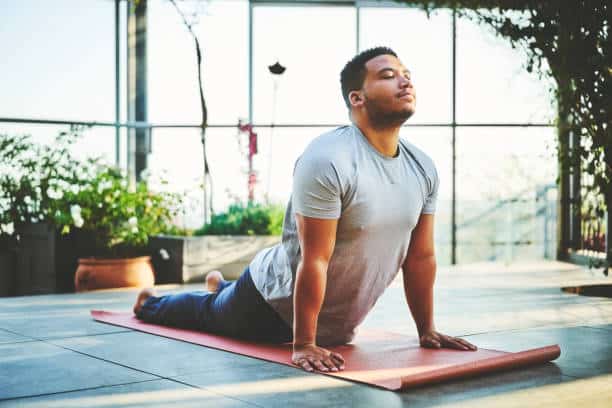
Master Your Fitness with My Advanced Calisthenics Routine
Did you know that just 23% of Americans hit their recommended physical activity targets? With my advanced calisthenics routine, you can easily join that active group and transform your fitness journey.
This all-encompassing bodyweight workout plan doesn’t require costly gym memberships or fancy equipment. All you need is dedication and the drive to challenge yourself.
Consistency is crucial for building strength and improving fitness, and this routine is crafted to keep you motivated and progressing. Whether you’re a seasoned pro or new to progressive calisthenics, this workout will take your fitness to the next level.
Come along as we dive into a transformative journey of strength and resilience, using the power of your body weight for a truly effective workout experience.
Introduction to Calisthenics and Its Benefits
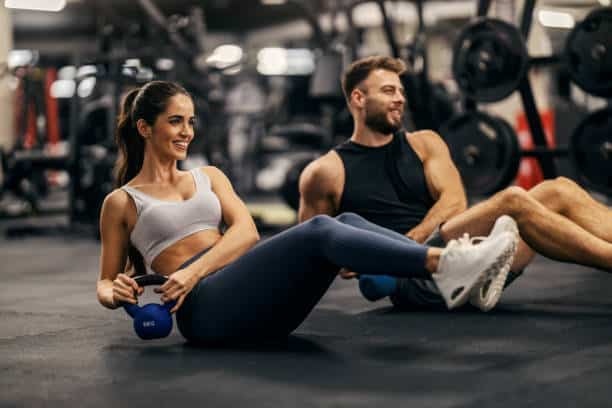
Calisthenics offers an accessible and versatile approach to exercise, primarily using bodyweight movements, making it perfect for anyone to start. This type of training focuses on fitness fundamentals that enhance functional strength, mobility, and core stability. Rooted in natural human movements, calisthenics is effective for all fitness levels.
The beauty of calisthenics lies in its simplicity—you can train anytime and anywhere without the need for specialized equipment. Exercises such as push-ups, pull-ups, and squats not only help tone your muscles but also boost your cardiovascular health. By emphasizing core stability and functional strength, calisthenics contributes to overall physical fitness.
One of the standout benefits of incorporating bodyweight exercises into your regimen is the improvement in agility. Practicing calisthenics not only builds muscle strength but also enhances your body’s mobility and stability. This makes it an essential component of any advanced fitness routine.
Here are some of the key benefits you’ll experience with calisthenics:
- Improved muscle tone and core stability.
- Enhanced functional strength and mobility.
- A boost in cardiovascular health.
- The ability to exercise anywhere, anytime.
With these advantages, it’s easy to see why calisthenics is such a beneficial exercise. For individuals who want to progress their fitness journey while staying rooted in fundamental movement principles, it creates a solid foundation.
Why Choose an Advanced Calisthenics Routine?
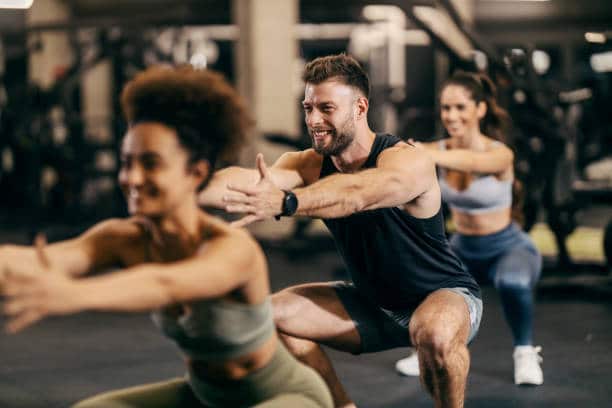
For those who have progressed beyond the beginner level, embracing advanced bodyweight training is crucial. Why? It keeps your workouts challenging and effective, helping you avoid fitness plateaus. By continually pushing your limits, you maintain a high intensity, which is essential for ongoing physical growth.
Skill progression is another key reason to dive into an advanced calisthenics routine. Mastering complex moves like planches and front levers not only intensifies muscle engagement but also brings a rewarding sense of achievement. This progress adds purpose to your workouts and provides clear, measurable goals.
Advanced calisthenics also introduces unique physical challenges that keep your routine varied and engaging. Incorporating exercises that test your endurance, strength, and flexibility ensures a comprehensive fitness experience that simpler routines often lack.
Ultimately, advancing your calisthenics routine is a natural step for anyone committed to enhancing their physical abilities. These sophisticated movements not only deepen your mind-body connection but also set the stage for exceptional fitness milestones. Below is a comparison of beginner and advanced routines to highlight the benefits.
| Aspect | Beginner Routine | Advanced Routine |
|---|---|---|
| Skill Level | Basic movements like push-ups, squats | Complex moves such as muscle-ups, handstands |
| Workout Intensity | Moderate | High |
| Physical Challenges | Adaptable, low-impact | Targeted, high-impact |
| Skill Progression | Foundational strength | Refined technique, advanced strength |
The Best Warm-Up Exercises

Planning is essential for a productive and secure workout. Warming up your body for an exercise regimen helps with flexibility, injury prevention, and preparedness. Now, let’s get started with the best warm-up exercises.
Dynamic Stretches
Warming up with dynamic stretches like arm circles and leg swings is a great idea. By increasing muscle flexibility and readiness for movement, they enhance the improvement of flexibility. By incorporating these motions into your pre-workout routine, you can be sure that your chance of injury is being decreased.
Joint Rotations
In a thorough warm-up regimen, joint rotations are crucial. To ensure smooth mobility, rotate your neck, shoulders, wrists, hips, and ankles. This helps lubricate the joints. Because it reduces pain and strain during exercise, this practice is essential for preventing injuries.
Light Cardio
For a cardiovascular warm-up, light aerobic exercises like jumping jacks or a fast jog are ideal. These workouts raise your body temperature and heart rate, which prepares you for an effective advanced calisthenics regimen. Additionally, they generally generally improve blood flow to the muscles, which enhances endurance and performance.
- Dynamic Stretches: Leg Swings, Arm Circles
- Joint Rotations: Neck, Shoulders, Wrists, Hips, Ankles
- Light Cardio: Jumping Jacks, Quick Jog
Key Exercises in My Advanced Calisthenics Routine
Three key exercises that assist in developing functional strength, enhancing balance and coordination, and boosting power make up my advanced calisthenics regimen. These workouts are meant to challenge you and improve your general fitness.
Handstand Push-Ups
Push-ups from a handstand are a great way to build upper-body strength. They work the core and target the triceps, chest, and shoulders. Balance and coordination are necessary to maintain correct form. This workout really puts your strength and control over your body.
Muscle-Ups
Pull-ups and dips are combined with muscle-ups, which makes them ideal for strengthening the upper body and the grip. They target the shoulders, chest, biceps, and back. Muscle-ups test your grip strength, which is necessary for a lot of calisthenics exercises.
Pistol Squats
For lower body power, pistol squats are fantastic. They focus on the glutes, hamstrings, and quadriceps. Because this exercise is unilateral, it also enhances coordination and balance. Strengthening the lower body and promoting muscle symmetry are two benefits of pistol squats.
| Exercise | Primary Target | Benefits |
|---|---|---|
| Handstand Push-Ups | Upper-Body Strength | Improves Balance and Coordination |
| Muscle-Ups | Upper-Body Strength, Grip Strength | Boosts Grip Strength |
| Pistol Squats | Lower-Body Power | Enhances Balance and Coordination |
Building a Sustainable Calisthenics Routine
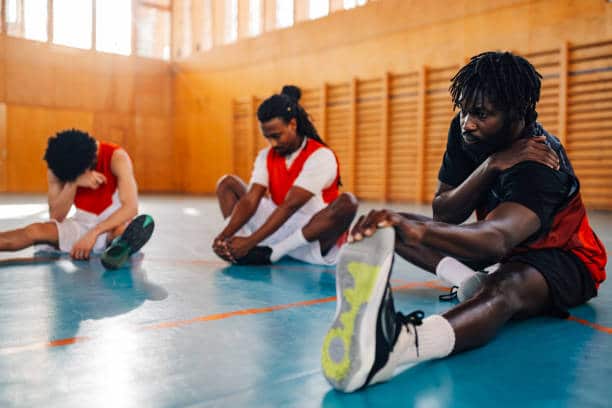
Creating a sustainable calisthenics routine is key to long-term success on your fitness journey. A major factor is establishing a balanced workout schedule. Incorporate exercises that enhance strength, flexibility, and endurance. This well-rounded approach supports overall physical development and helps prevent imbalances.
Progressive overload is crucial for continuously challenging your body. Start with basic exercise variations and gradually increase the difficulty by modifying the movements or adding more repetitions. For example, begin with standard push-ups and progressively work towards more advanced versions like handstand push-ups.
Pacing yourself is equally important. A consistent training routine should include not just exercise but also adequate rest and recovery. Overtraining can lead to burnout and injuries, so it’s essential to listen to your body and prioritize rest days. This balanced approach allows your body to adapt to the workouts without risking setbacks.
Staying motivated can be a challenge. Use a fitness journal or digital app to track your progress and see how far you’ve come. As your fitness level improves, adjust your routine to keep it engaging and challenging. Consistently applying these practices will help you build a lifelong commitment to your physical well-being.
FAQ
What is the main focus of your advanced calisthenics routine?
My advanced calisthenics routine is carefully designed to elevate physical fitness and strength through bodyweight training. The core focus is on progressive calisthenics, which guarantees that even experienced practitioners can continually challenge themselves and build strength—no gym membership or pricey equipment is required.
How do you introduce someone to calisthenics and explain its benefits?
I start by describing calisthenics as an adaptable, approachable type of physical activity that is based on natural human motions. For all levels of fitness, it enhances functional strength, mobility, and core stability. Bodyweight exercises are easy to perform anywhere and at any time, making them a great starting point for more complex training regimens.
Why should one choose an advanced calisthenics routine?
If you’re searching for more difficult and results-oriented workouts after moving past the basic levels, an advanced calisthenics regimen is ideal. It helps you advance your skills, such as learning difficult movements and prevents you from reaching fitness plateaus. This is the perfect step-up to increase your muscle engagement and advance your physical ability. With the right approach, you can incorporate fst7 musclebuilding tips into your advanced calisthenics routine to maximize progress and target specific muscle groups effectively. These techniques, combined with challenging bodyweight exercises, allow you to push your limits and achieve better muscle definition and strength. By staying consistent and progressively increasing the intensity, you’ll continue to see impressive results without hitting a plateau.
What are the best warm-up exercises for advanced calisthenics?
Joint rotations, dynamic stretches, and mild cardio are the ideal warm-up activities. Dynamic stretches that increase flexibility and lower your chance of injury, such as arm circles and leg swings, prime your muscles for the workout. Joint rotations lubricate your joints, and modest aerobic exercises that increase body temperature and heart rate, such as jumping jacks or brisk jogging, prime your body for the workout to come.
What are some key exercises in your advanced calisthenics routine?
Exercises like muscle-ups, pistol squats, and handstand push-ups are essential. Handstand push-ups test your balance and work your arms, shoulders, and core. Muscle-ups improve grip strength and upper body strength. Pistol squats are a great way to test balance, coordination, agility, and lower-body strength unilaterally while also building muscle symmetry.
How do you build a sustainable calisthenics routine?
Developing a well-rounded training program that includes strength, flexibility, and endurance exercises is essential to creating a long-lasting calisthenics regimen. To guarantee ongoing success, it’s critical to gradually raise the volume and variety of your workouts. In order to avoid burnout and overtraining, don’t forget to include rest and recovery. A long-term fitness approach revolves around maintaining motivation, monitoring your progress, and modifying your regimen as your level of fitness changes.
